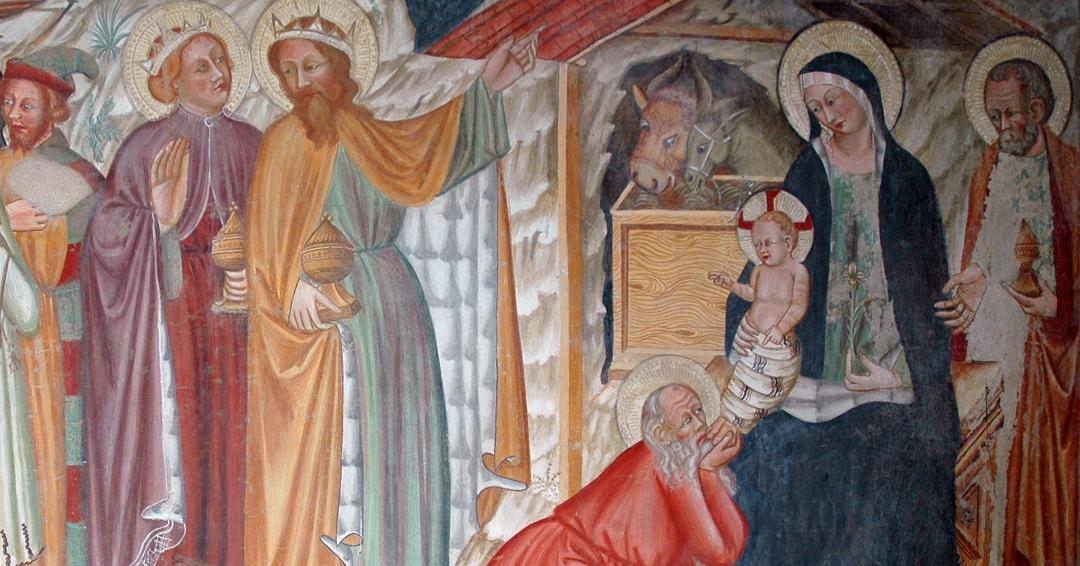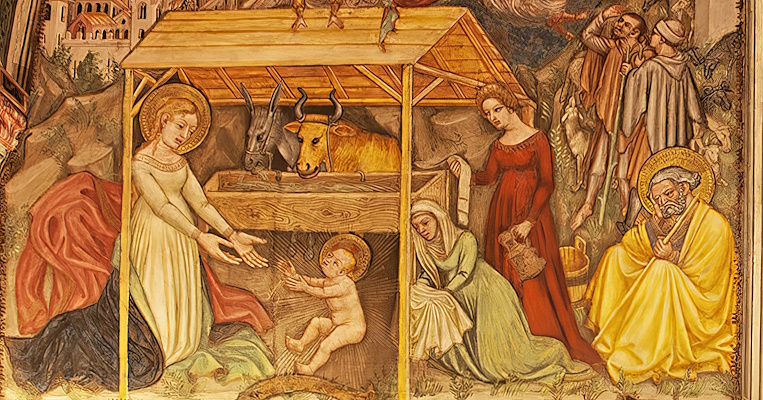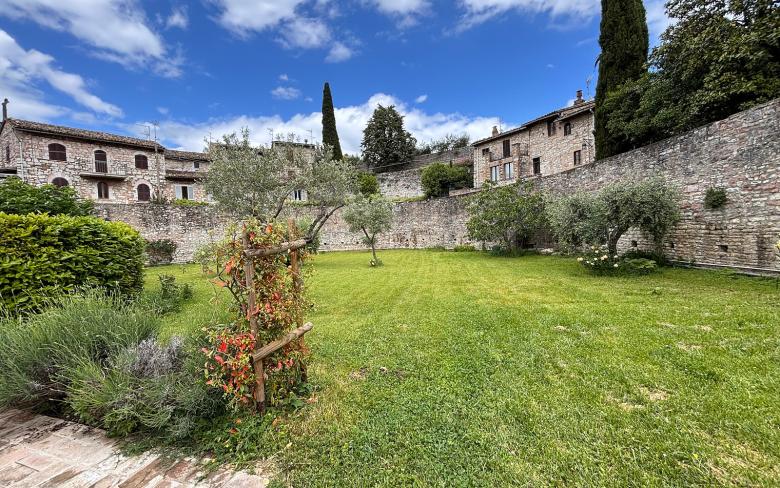The Nativity of st. Francis
Only three years before he let go of that “brother body”, worn out by a life lived in humility, he created something that would influence the 800 days of Christmas that followed.
We are talking about Saint Francis, patron saint of Italy and Umbria, the Poor Man of God and a friend of animals: it is no coincidence that in one of his best-known depictions he is with the wolf of Gubbio or that, on this occasion too, the protagonists are two animals!
Living at the turn of the 12th and 13th centuries, Francis was born and died in Assisi, and even today it is Assisi the city that, amidst a giottesque fresco and enchanting architecture, keeps alive the memory of him and the values that this figure left within the Catholic Church.
It is 1223 when Francis, after receiving the recognition of the Friars Minor and his Rule, realises what will be remembered as the first living Nativity scene in history.
In Greccio, in a place that reminded Francis of Bethlehem, a manger with hay is created inside a cave and a donkey and an ox are simply led there. A crib which is different from what we would expect today, represented only by two animals, with which Francis revives the Nativity under the banner of simplicity and all the values he had championed during his life.
This event is reported in several hagiographies on the life of St. Francis and in numerous frescoes, such as the one in the Upper Basilica in Assisi. “The Greccio Nativity”, the thirteenth scene of the frescoes attributed to Giotto and his school on the life of St. Francis.
































